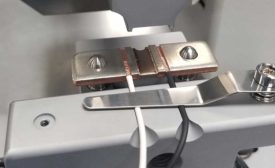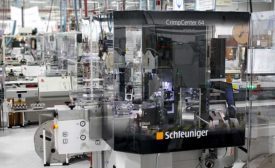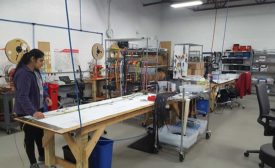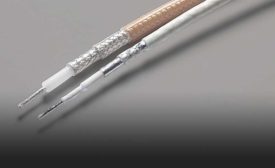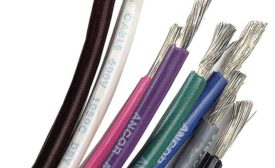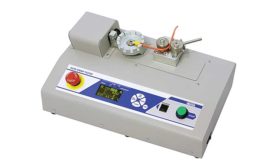Wire Processing Assembly
Manufacturers have multiple technology options for ultrasonically welding wire to small metal parts
Read More
Culture Drives Efficiency and Quality at Wire Harness Manufacturer
Virginia-based contract manufacturer uses employee input and skill development to build better processes.
July 21, 2020
Cutting and Stripping Coax
The latest technology for stripping coaxial cable gives engineers unprecedented control
April 13, 2020
Options for Tinning Wire
Whether applied manually or by a machine, the tinning process improves the mechanical strength of bare copper wire
April 10, 2020
Get our new eMagazine delivered to your inbox every month.
Stay in the know on the latest assembly trends.
SUBSCRIBE TODAY!Copyright ©2024. All Rights Reserved BNP Media.
Design, CMS, Hosting & Web Development :: ePublishing
